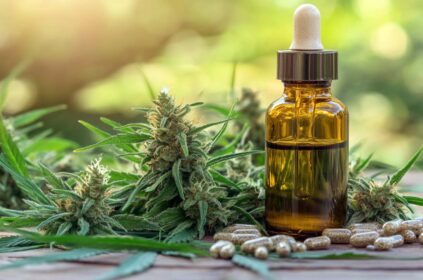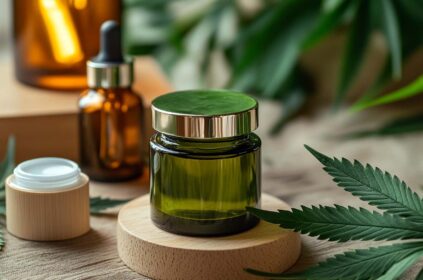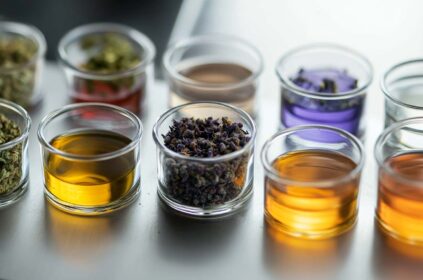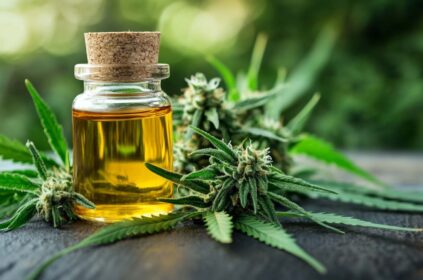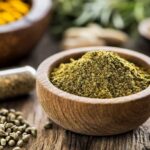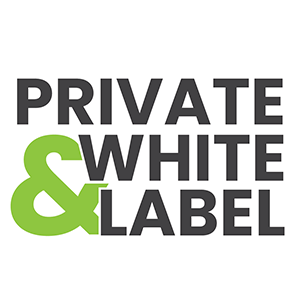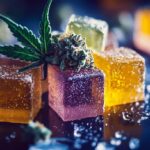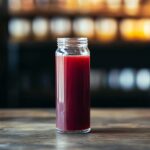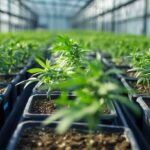Introduction
The world of hemp products is expanding rapidly, and among the most discussed is cannabidiol, or CBD oil. But what exactly goes into producing this popular extract? Understanding the extraction and processing methods of CBD oil is vital for anyone interested, from potential users to seasoned enthusiasts. In this guide, we will explore the key extraction techniques, specifically CO2 and ethanol extraction, the subsequent processing steps, and why this knowledge is crucial for consumers.
Extraction Methods: The Foundation of CBD Oil
The extraction process is the foundation of how we obtain CBD oil from hemp plants. It’s not just about getting the oil; it’s about ensuring the quality and potency of the final product. Let’s delve into the primary methods used today.
CO2 Extraction
One of the top methods for extracting CBD oil is supercritical CO2 extraction. Here’s a closer look:
- Process: By applying high pressure and temperature, carbon dioxide (CO2) enters a supercritical state, behaving like both a gas and a liquid. This unique state allows it to pass through the hemp plant material, extracting CBD and other valuable cannabinoids and terpenes—a process that captures the full spectrum of benefits the plant has to offer.
- Advantages: CO2 extraction is prized for its safety and efficacy. It produces high-quality CBD isolates with a minimal environmental footprint.
- Post-Processing: After extraction, the CO2 gently evaporates, leaving behind a concentrated lipid profile rich in cannabinoids and terpenes. One additional step, known as winterization, may follow, particularly to remove any waxy plant materials. This step often employs other solvents like ethanol, ensuring the final oil’s purity.
Ethanol Extraction
Another popular method is ethanol extraction, often preferred for producing full-spectrum CBD oil.
- Process: In this method, high-grade grain alcohol is used to dissolve the compounds from the hemp. Whether warmed or performed cold, this technique efficiently separates CBD and other beneficial components.
- Advantages: Ethanol extraction is not only effective but it is also cost-efficient. For those seeking full-spectrum oil that retains a broader range of benefits from the plant, this method often delivers excellent results.
- Post-Processing: After mixing with hemp, the alcohol is filtered and subsequently evaporated to leave behind the CBD extract. Sometimes, further purification steps are applied, like chromatography, particularly if a brand wants to ensure low THC levels in their broad-spectrum products.
Other Extraction Methods
While CO2 and ethanol are leaders in the field, other methods exist, each offering unique benefits:
- Oil Extraction: This method uses natural oils, such as hemp seed or coconut oil. It’s more straightforward but not as effective for large-scale production.
- Steam Distillation: While less prevalent in the CBD industry, steam distillation can separate cannabinoids through heated steam.
- Dry Ice Extraction: Primarily relevant for THC-heavy products, this method uses dry ice to freeze the material, making cannabinoid extraction more accessible.
Processing Steps for Purity and Quality
Once extracted, CBD oil undergoes several processes to guarantee its quality.
Winterization
Post-extraction, especially from CO2 or ethanol methods, the crude extract might still contain fats, waxes, or lipids. Winterization entails mixing the extract with ethanol and subjecting it to low temperatures. This process allows contaminants to precipitate out, leaving a more refined product.
Decarboxylation
Next, the extract undergoes decarboxylation, a necessary heating process that activates the cannabinoids. This step converts inactive CBDa (cannabidiolic acid) into CBD, enhancing its efficacy and bioavailability.
Filtration and Purification
Further filtration techniques may be necessary for removing residual impurities. Chromatography, often employed at this stage, helps refine the extract, ensuring it meets purity standards while balancing cannabinoid levels.
Final Product Preparation
The purified extract is blended with a carrier oil—often coconut or olive oil—creating the final CBD oil product. Brands will typically test their products for purity and potency to comply with regulations and assure consumers of quality.
Market Impact and Consumer Relevance
Trends in the U.S. Market
The CBD market in the United States is booming, with increasing demand for high-quality, pure products. Consumers are drawn to brands transparently communicating their extraction and processing methods, particularly those employing environmentally friendly practices such as CO2 extraction. Ethanol extraction remains popular for those looking for rich full-spectrum oils packed with beneficial phytonutrients.
Consumer Tips
When considering CBD oil purchases:
- Check Extraction Methods: Always confirm which extraction technique is used. CO2 and ethanol are generally recognized as safe and effective.
- Verify Purity: Look for products tested for contaminants and potency. Third-party lab results are crucial in ensuring you’re consuming a safe product.
- Consider Full-Spectrum vs. Isolate: Full-spectrum oils offer wider cannabinoid profiles, which some users find to produce enhanced effects.
Conclusion
Understanding how CBD oil is extracted and processed is essential for anyone navigating the hemp product landscape. By exploring methods such as CO2 and ethanol extraction, you gain insight into the quality and efficacy of these oils. Equipped with this knowledge, consumers can make informed decisions, ensuring they choose the best products for their health and wellness regimes.
Actionable Takeaways
- Research Extraction Methods: Before you buy, look into the extraction practices used to ensure alignment with your values and health needs.
- Seek Transparency: Opt for brands that are upfront about their extraction and processing methods.
- Verify Lab Results: Always check for third-party testing to confirm the safety and effectiveness of the CBD oil.
By following these guidelines, you can confidently explore the world of CBD oil, ensuring that you’re making choices that serve your wellness goals effectively.


